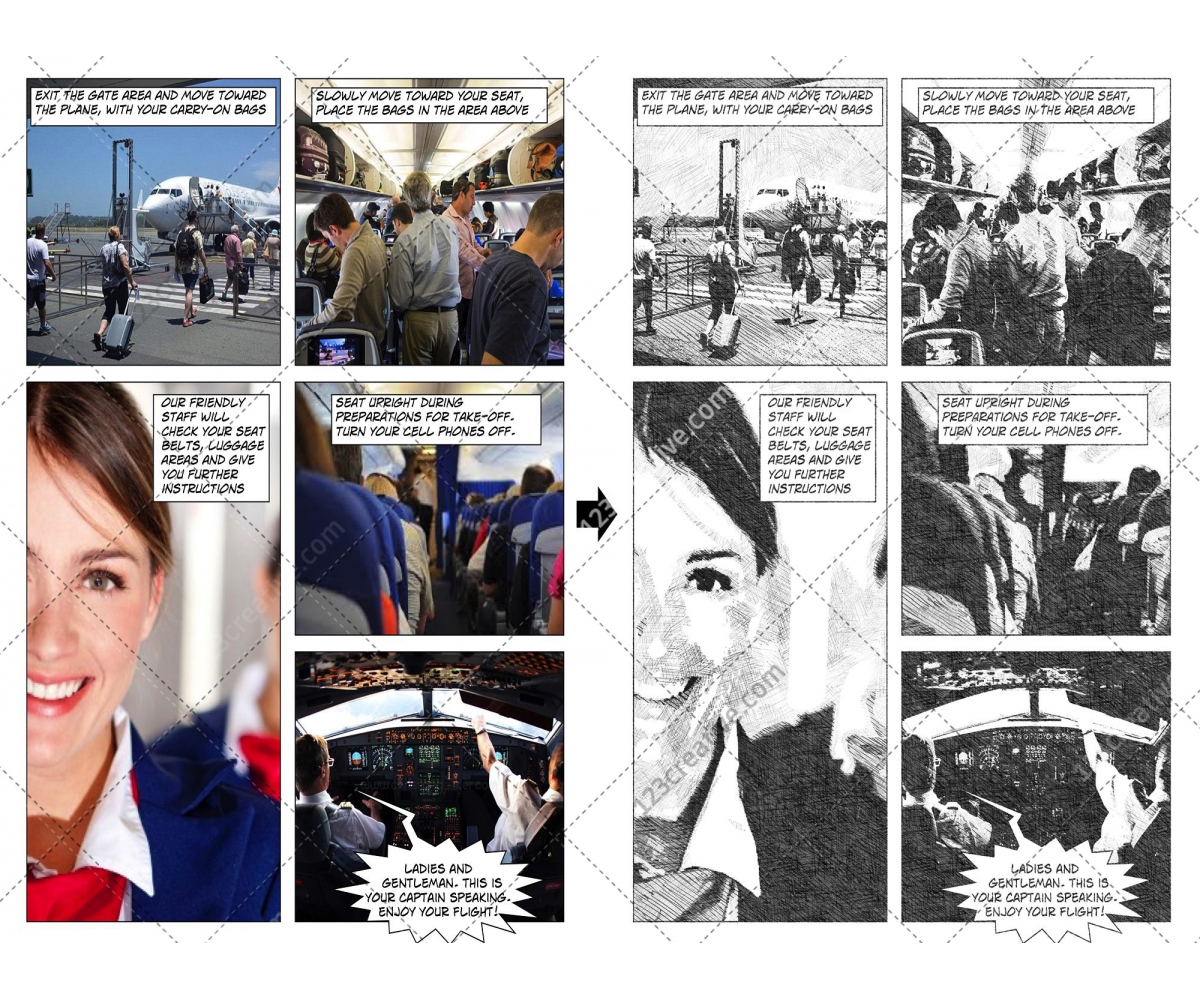
The binding usually consisted of stitches or staples, similar to saddle stitch booklet printing, as most comics did not have enough pages to need a sturdier type of binding. The cover was printed on a coated or slick paper and then trimmed to size. When printing early comics, pages were folded to size then trimmed on three sides with a 3-knife cutter. This took much longer than today’s full-color printing methods where all colors are printed at the same time.

Most were printed in spot color, a process whereby the graphic elements are printed in “spots”, one color layer at a time.

In the beginning, comic books were printed on a 4- or 5-color newspaper press, using cheap newsprint paper. Get Instant Quotes – Custom Booklet Printing Today, comic books are more popular than ever and have become part of a billion-dollar industry that includes movies, television series, toys, and conventions. This led to what many to call the “Dark Age” of comic books. Antiheroes, introduced by Marvel during the ‘60s, became increasingly popular. Comic books grew up, so to speak, and began offering darker characters, stories, and plot lines. Marvel Comics sparked a brief resurgence of the genre during the ‘60s with a different type of superhero, but the industry then retreated into a prolonged slump.Ĭomic books recaptured the attention of America starting in the 1980s by branching out into uncharted territories. The popularity of these comic books surged for a decade but began fading in the years after World War II. The introduction of Superman was a huge hit, and soon thereafter, comic books began featuring all manner of heroes with amazing powers.

The Golden Age of comic books began in June 1938 with the publication of Action Comics #1. At the time, nobody had an inkling of what was to come. Instead of using word balloons, text was placed under the panels to describe the story. The book was side stitched and contained 40 pages with six to 12 panels per page. The following year, that version was reprinted in New York, giving America its first comic book. The earliest known comic book, The Adventures of Obadiah Oldbuck, was published in Europe in 1837 in several different languages – none of which were English.įour years later, an English version was published in the U.K. Comic books have been a staple of American literature for more than a hundred years.


 0 kommentar(er)
0 kommentar(er)
